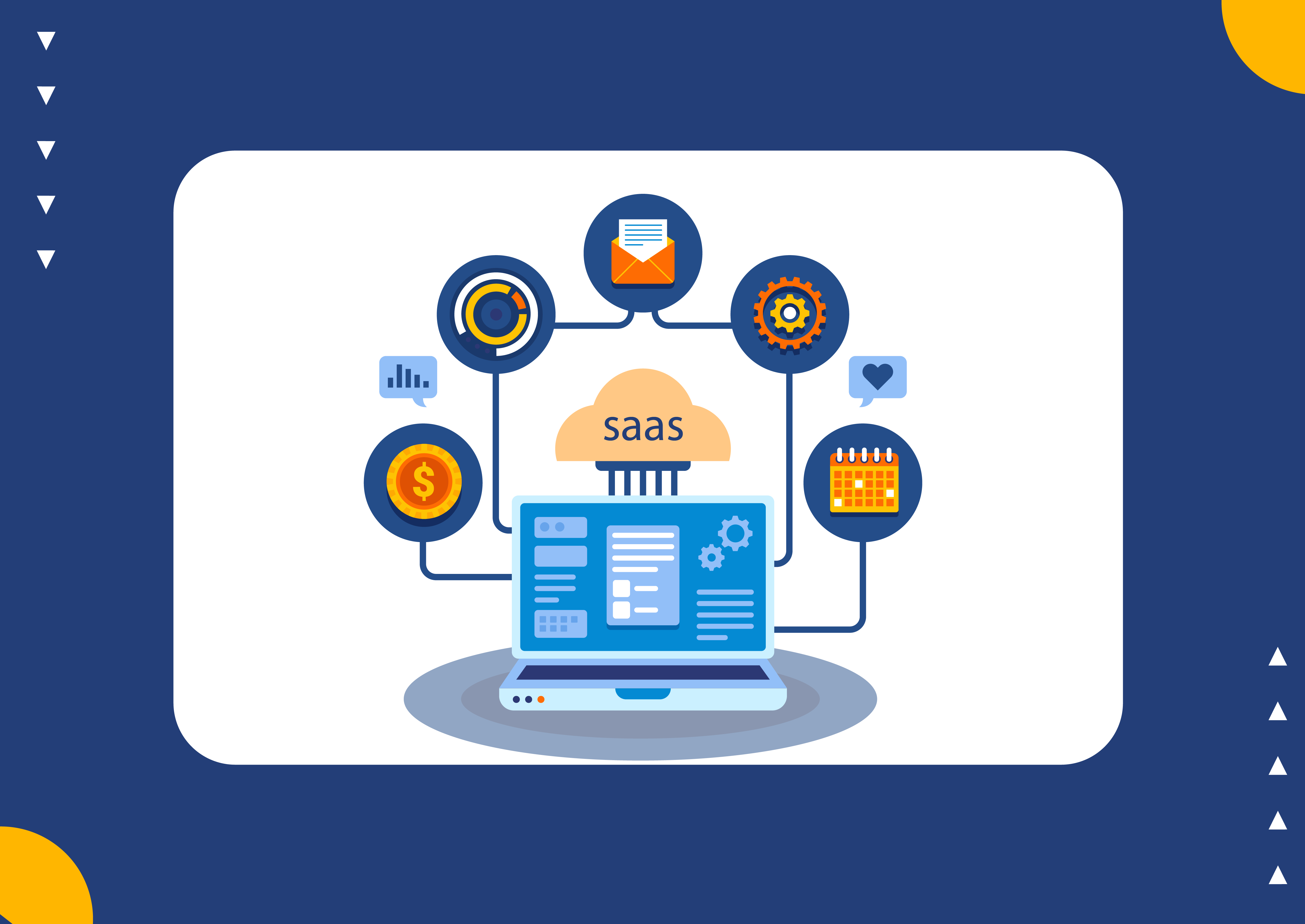
Founders often chase viral tricks, ad hacks, or one-off campaigns. But a growth engine isn’t a single campaign—it’s a system. One that, once built, continues to move your startup forward even while you sleep.
If you’re in early traction mode, ask yourself:
● Do we know which part of the funnel needs work?
● Are we collecting data and iterating?
● Are we building a process that can grow without constantly adding more effort?
That’s how great startups scale. They don’t just grow—they engineer growth.



